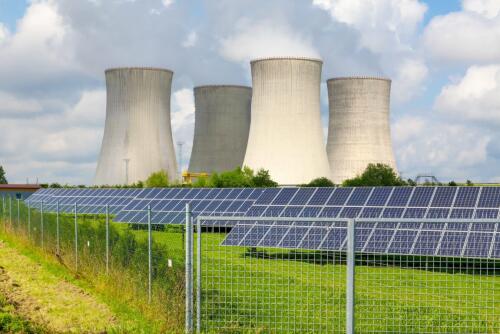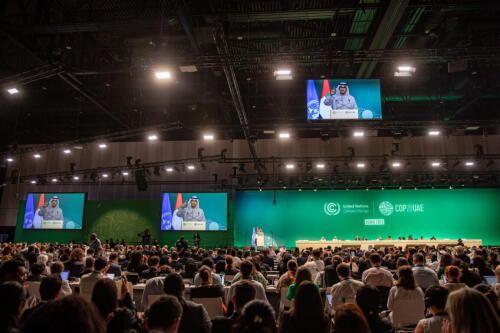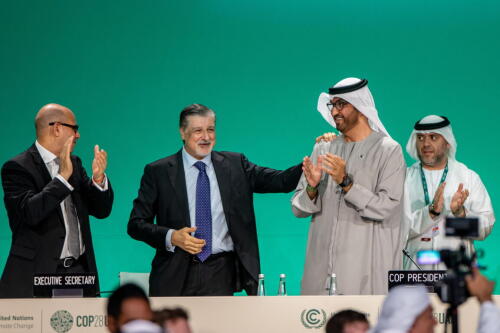Gas
The study led by the Potsdam Institute redraws the impact of efforts to limit climate change:«The mix of measures, taxes and incentives is functional»
The words of the former vice president of the United States, who is hosting a "training session" of his organization Climate Reality in Rome these days
The Ember think tank's analysis of how electricity production has changed in European Union countries over the last five years
The United Nations climate summit ended a day late.An agreement has been reached for the first time on the need to abandon fossil fuels
The 197 countries gathered at the UN climate conference in Dubai and the EU delegation welcomed the Global stocktake with applause after long mediation




